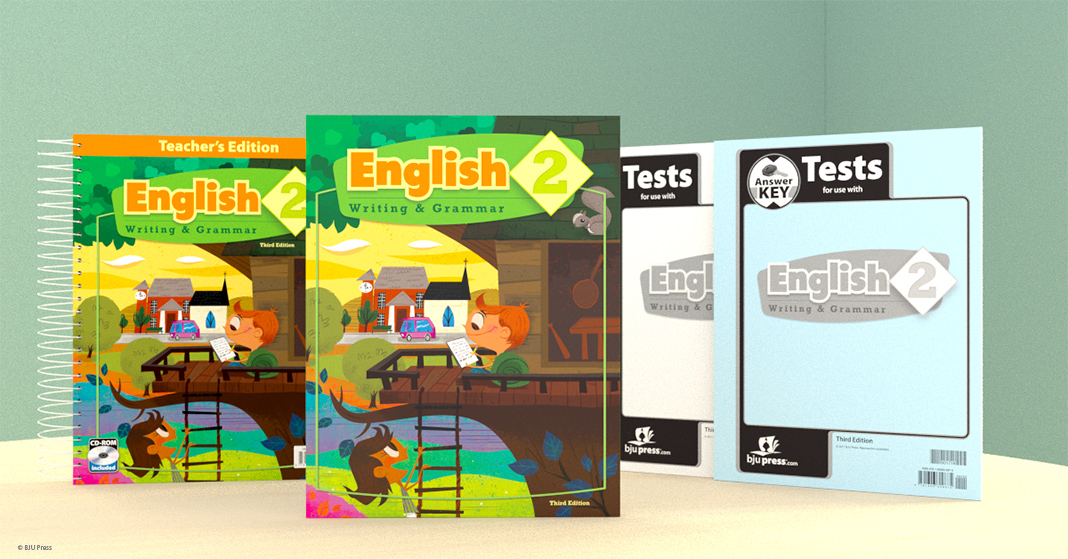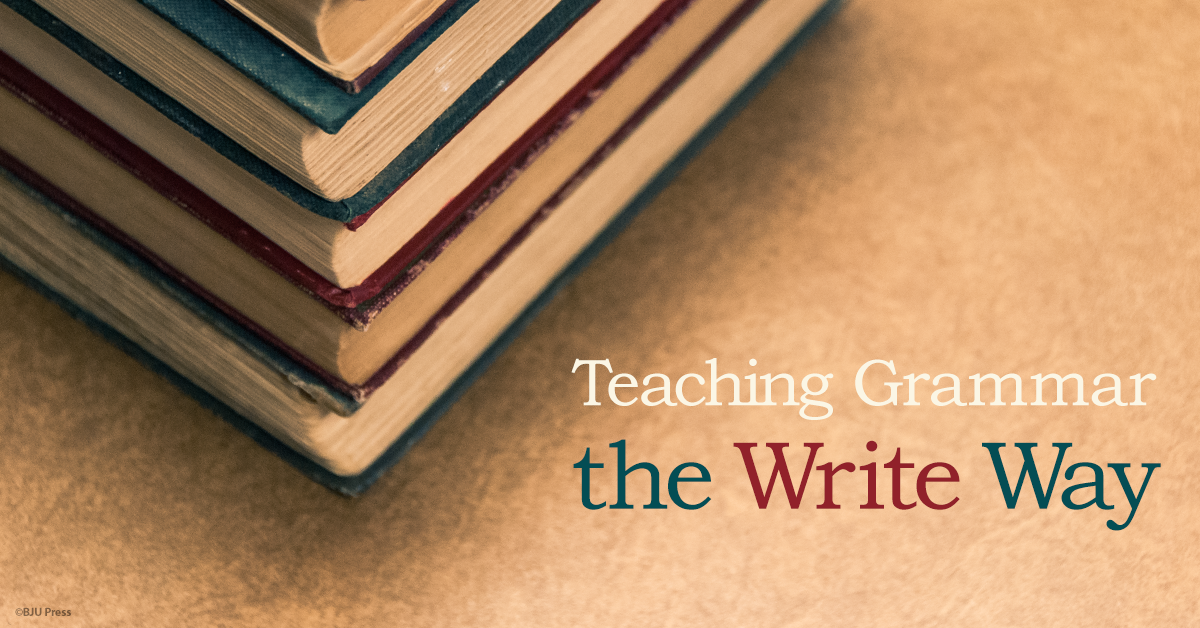
The beginning of National Novel Writing Month (NaNoWriMo) is just a few days away. Have you thought about using the NaNoWriMo challenge in your homeschool? Have you made any preparations? If you have, you may be concerned about whether your child is grammatically ready to write a whole novel in a month’s time. But tools you can use will make the process a little bit easier. Consider using these free online grammar tools over the next month.
Before Writing: Reviewing Concepts with AfterSchoolHelp
You know your children best, and if you have one who struggles with a specific grammar issue, then sending him or her to BJU Press’s AfterSchoolHelp site might be a good solution. BJU Press developed AfterSchoolHelp as a digital tutor for math, but it has since expanded to include resources for language arts and Spanish, as well. On AfterSchoolHelp.com, you can have your child watch review videos and complete practice activities on specific concepts. AfterSchoolHelp offers activities that correlate with BJU Press textbooks in Grades 4–12.
During Writing: Using Grammarly
Many people use Grammarly as a tool for checking grammar, spelling, and writing style. Grammarly works both as an app that you can use on a browser or phone and as a proofreading service. Once you create an account, you can upload whole documents to be checked. The program will mark potential errors for your child’s consideration, with a brief explanation of the rule related to the error. Like many such tools, it’s never perfectly accurate, and your child will have to think carefully about the suggested revisions.
After Writing: Assessing and Developing Skills with Quill
Quill.org is a web-based resource designed for teachers to use in the classroom, but it’s also free for you to use in your homeschool. In order for it to work, you will need to create one account for you as the parent/teacher and another for each child as a student. Quill offers a proofreading practice tool that your children can use to prepare for editing a novel. In proofreading activities, the students correct example papers. Once they’ve finished making corrections, the system will evaluate the changes made. It then provides practice activities based on the items missed. This can be especially helpful for children who want to improve their writing after completing a novel. And there are many other resources included in Quill that you may find helpful in developing your children’s writing abilities.
Remember, NaNoWriMo is all about the drafting process. If you want your children to participate in it, or get as many words written as they can, they won’t be able to stop to think about grammar. So these tools will be most effective when used for preparation, overcoming specific grammar-related roadblocks, and for improving overall writing ability.



